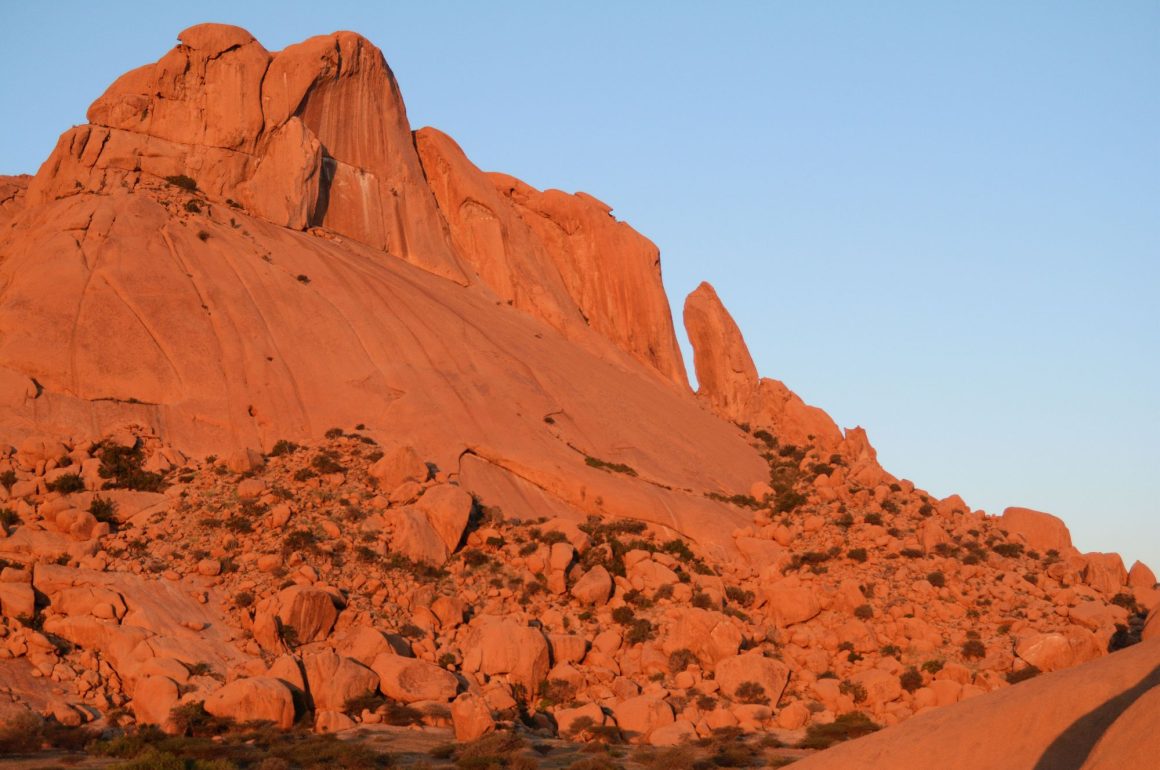
The Spitzkoppe undoubtedly ranks as one of my favourite places in the world. The vast surrounding plains, stark dry scenery, and glowing red rocks in the evenings, constitute among the most beautiful landscapes I know. The last time I visited this spot was on a tour through Namibia that started with a short stay in the Kgalagadi Transfrontier Park, covered in my last post.
One of the most special birds of the Spitzkoppe is the Herero Chat, and this was the bird I desired to see the most. However, despite three intense days of searching, I left empty-handed. Other species were far more cooperative, including the charismatic White-tailed Shrike. The flame-coloured eye in combination with the supercilium that ends above the eye and the black mask, this species looks very unusual. I spent a great deal of time watching this species when I was hopelessly stranded in areas that seemed perfect for the Herero Chat, and fortunately the bird did offer some consolation. Funnily enough, the shrike was very similar in general colouration to the very differently shaped Pririt Batis, which was also common here.
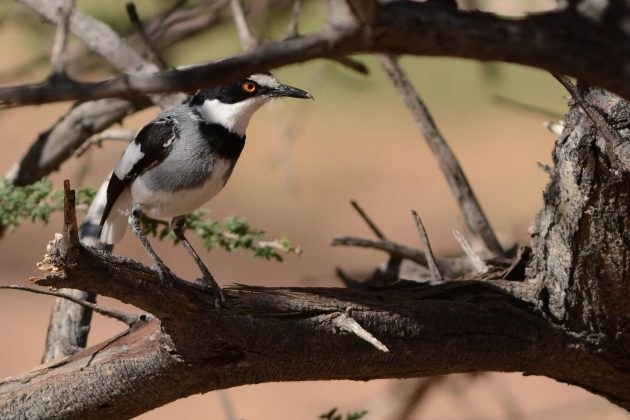
In areas with a few more trees at the base of the rock outcrops, Dusky Sunbird was also common. This species does appear true to its name when seen in bad light, and did does seem to have the habit of being in dark spots surrounded by very bright light, making it look purely black in such high-contrast situtation. In the sun however, the “black” plumage of this bird becomes very exquisitely iridescent, with a tone quite unlike that of other species in southern Africa.
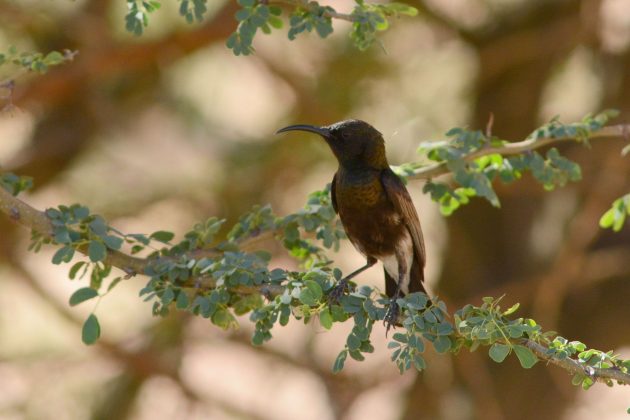
The Mountain Chat (or Mountain Wheatear) was also quite common in this area, and some of the males had a beautifully pied plumage. Similar to the shrike-batis parallels, this bird did seem rather similar in general colouration (apart from the iridescence, of course) to the Dusky Sunbird. This is certainly a coincidence but did appear curious as I had the images side-by-side.
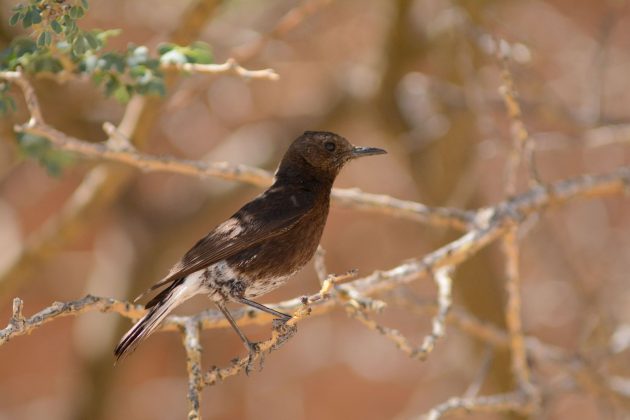
The above birds give the impression that despite having different shapes, most birds around this area have a similarly dull plumage. This seems to be true to some extent, with some other birds I saw, such as Pale-winged Starling, Bradfield’s Swift, and Monteiro’s Hornbill, having similarly muted colours. However, some other birds including waxbills and especially Rosy-faced Lovebirds, did not fit into this pattern at all. These colourful birds were very common here, and were breeding in a deep gap in a rock face, adding a welcome splash of colour to the arid landscape.
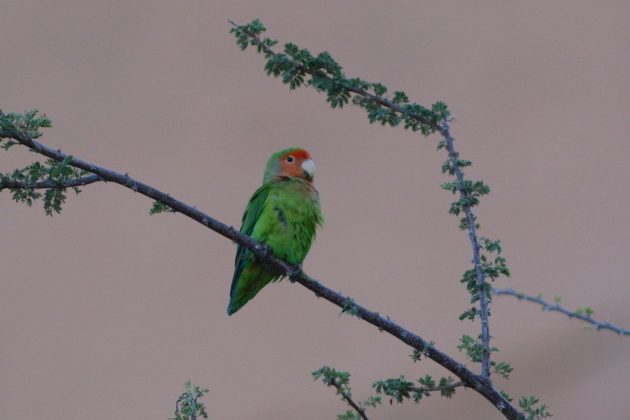
Camping in such a beautiful setting, at the base of huge rocks with vast plains stretching out to the horizon during the day and a night sky sprinkled incredulously densely with stars, was very enjoyable. A very respectable list of birds can be accumulated here within a short time, although next time I’ll visit, which hopefully won’t be too far in the future, I’ll make sure to plan in more time for the Herero Chat!


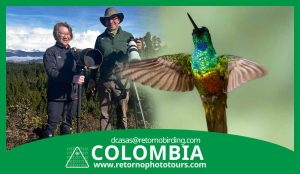
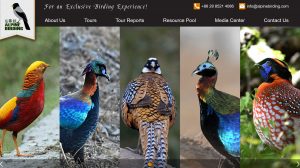
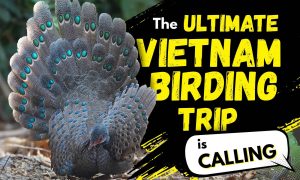
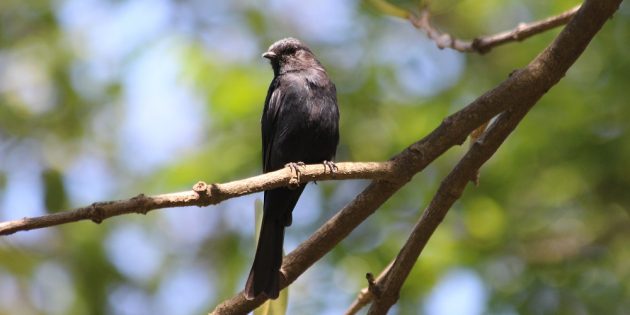

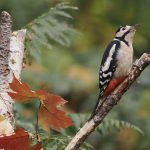
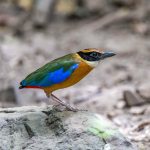
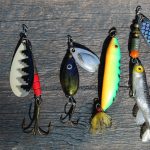
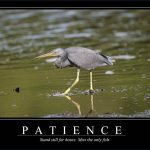
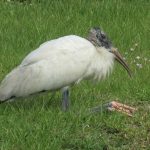
Herero Chat is tricky: check out: https://www.10000birds.com/finding-three-namibian-specials.htm
Haha no way – your patience paid off! The Dune Lark is also still missing from my list, although I also hadn’t gone looking for it on that trip (spent too much time enjoying Chestnut-banded Plovers in the nearby saltworks)